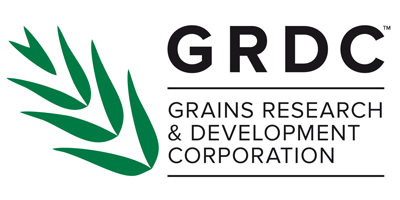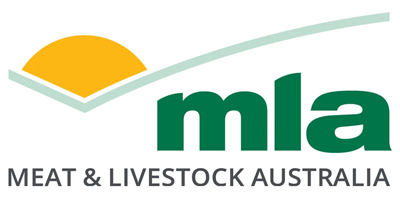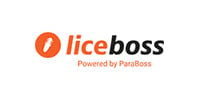TIMERITE® was developed and funded by AWI and CSIRO. Updates and improvements were made by Cesar Australia and CSIRO, with funding from AWI, GRDC, MLA and Cesar Australia.
 .
. 



The redlegged earth mite (RLEM) is an introduced pasture and crop pest affecting southern Australia. RLEM are estimated to infest over 20 million hectares of agricultural land, causing over $200 million damage by way of failed plant establishment and reduced productivity in pastures and over $44 million damage in grains crops annually.
The first step to managing RLEM is being able to distinguish it form similar mite pests. The next step is to monitor regularly, particularly in winter and early spring when immature and adult mites are actively feeding. Once identified, it is important to understand the risk level for RLEM damage the following autumn (e.g., RLEM numbers, pasture or crop susceptibility) before deciding to spray.
Spraying according to your TIMERITE® Best spray date will help minimise the damage to your pastures and crops the following autumn. Your TIMERITE® calculation is location specific and based on the application of a long residual pesticide for control (e.g. omethoate). Other pesticides with shorter residual activity may have reduced efficacy.
TIMERITE® was originally developed as an effective option for RLEM control in pastures but can also be applied to grain crops in late winter-spring where mite numbers warrant spraying and they can be effectively controlled with pesticides.
RLEM life cycle

Image with thanks to Cesar Australia.
Know your mite
TIMERITE® is effective against RLEM, but not against other pasture and crop mites – so it’s important you know which pest you’re dealing with before deciding to spray. Additionally, RLEM has evolved resistance to several pesticides that are commonly used. It is important that you are aware of resistance issues in your local area before spraying.
RLEM

Blue oat mite

Balaustium mite

Bryobia mite

Images with thanks to Cesar Australia.

When should I use TIMERITE®?
With resistance in RLEM becoming increasingly widespread, it is important to ensure that pesticides are only applied when needed.
The first step in managing RLEM is to reduce risk within a paddock using the following strategies:
- Avoid sowing highly susceptible pasture species or crops into paddocks known to have high mite numbers.
- Incorporate a cereal crop into your rotation to reduce mite numbers.
- Control weeds, especially broadleaf weeds, within paddocks and along fencelines.
- Heavily graze pastures in spring.
- Burn stubbles to reduce mite numbers the following autumn.
TIMERITE® should be used when the risk of RLEM in the fokllowing season is high. This includes situations such as:
- High numbers of RLEM or significant feeding damage across the paddock in late winter-spring, and
- Plans to sow a susceptible pasture species or crop (e.g., clover, medic or canola).
Find your TIMERITE® Best spray date
Type your postcode into the box below, select your locality from the list, then click ‘Calculate TIMERITE’ to get your TIMERITE® Best spray date and Ideal spray window.
Mites going into diapause
Mite population following control
The graphs above show the RLEM diapause status and relative population abundance through time following spraying (control), as marked by the red line.
Successful control of RLEM depends on the right timing. Spraying too early in winter or spring allows populations to recover before the season ends, while spraying too late means the populations will already be in diapause (eggs are ready for ‘oversummering’).
The TIMERITE® Best spray date is the calculated point of maximum control.
The TIMERITE® Ideal spray window is the period where control is still very high (at least 95% as effective as the TIMERITE® Best spray date).
You can adjust the User selected spray date (red line) on the top graph by clicking the circles on the black line. This allows you to observe how different spray dates affect RLEM population size over time and highlights the importance of using the TIMERITE® Ideal spray window.





Further information
Currently registered products for RLEM
Ridsdill-Smith TJ, Pavri C, De Boer B, and Kriticos D. (2005). Predictions of summer diapause in the redlegged earth mite, Halotydeus destructor (Acari: Penthaleidae) in Australia. Journal of Insect Physiology 51, 717-726.
Ridsdill-Smith TJ, Hoffmann A, Mangano P, Gower J, Pavri C, and Umina PA. (2008). Strategies for control of the redlegged earth mite in Australia. Australian Journal of Experimental Agriculture 48, 1506-1513.
Ridsdill-Smith TJ, and Pavri C. (2015). Controlling redlegged earth mite, Halotydeus destructor (Penthaleidae: Acari), with a spring spray in legume pastures. Crop and Pasture Science 66, 938-946.
For further inquiries or more information, please contact the AWI Office on 02 8295 3100.













